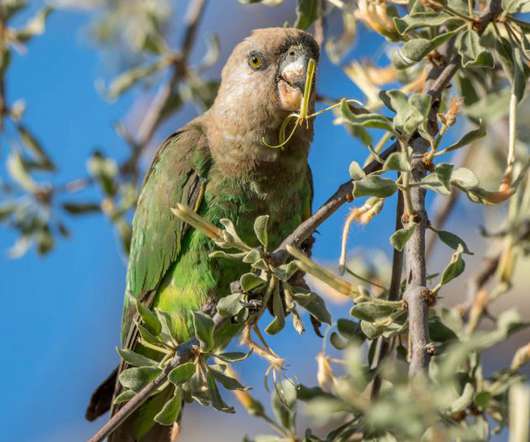Eastern Imperial Breakfast
10,000 Birds
MAY 30, 2013
But persecution, killing and poisoning in the late 20th century has led to their demise and at the beginning of the new millennium, Serbia had only two to three pairs of Imperial Eagles. In the same period, neighbouring Hungary had more than 60 pairs of them. In other words, this globally threatened species barely made it in Serbia.











Let's personalize your content